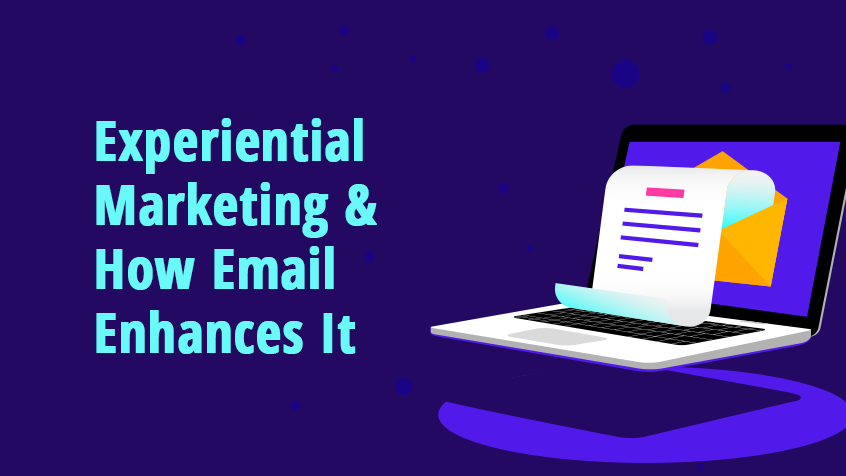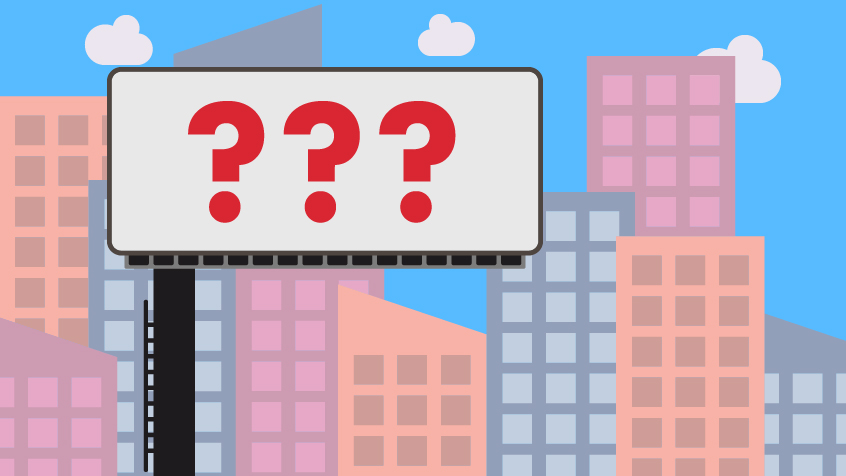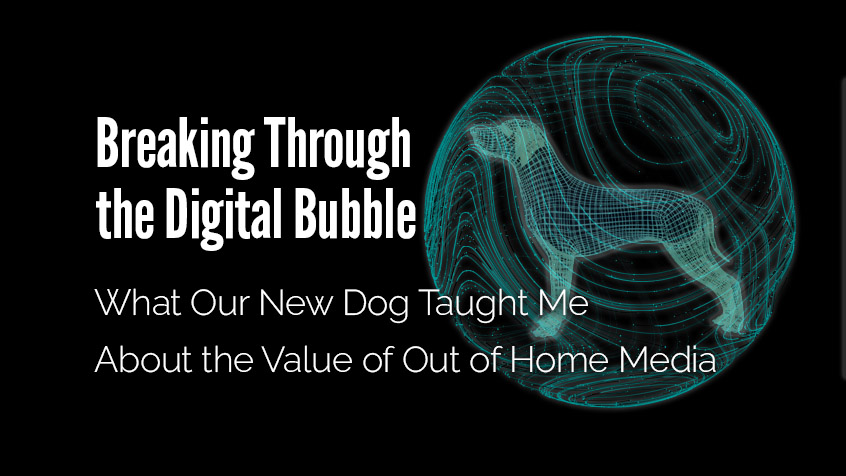Experiential marketing is a strategy that encourages consumers to actively experience a brand. It promotes customer engagement and positive association with a brand or product. As such, more and more brands are integrating some sort of experiential marketing tactics into their overall marketing strategy.
The great thing about experiential marketing is that it lends itself to integrating with a wide variety of digital channels. Additionally, you can leverage digital channels to support your experiential marketing strategy. In this article, we’ll focus on how email marketing can integrate easily with branded experiences to make them more effective.
What is Experiential Marketing?
In a nutshell, experiential marketing focuses on making genuine connections and developing meaningful relationships with customers.
Unlike traditional advertising, which promotes products to a broadly engaged audience, experiential marketing offers an interactive and immersive customer experience. Experiential marketing proves to be much more memorable for consumers, and that’s why it’s so powerful.
With experiential marketing, you can actively engage with your audience and allow them to experience firsthand your unique brand identity. The high level of interactivity you can provide helps your brand leave a lasting impression on your customers.

Elements of Experiential Marketing
In order to do experiential marketing right, you have to make sure that your strategy uses the following elements:
Active engagement
The very nature of experiential marketing is that it requires active customer participation. Without that, it’s just another form of advertising. To make your marketing strategy experiential, it must require action from your audience.
A great example of this is the fabricated Monumental Experience campaign we activated for Travel South Dakota. The experience consists of a large fabricated replica of the iconic Mount Rushmore monument, plus a climbing wall and authentic cuisine. Leveraging the power of a complete sensory experience, the activation enables attendees to get a sense of the history, activities and Thomas’ Jefferson’s custom ice cream that South Dakota has to offer. For the destination brand, this helps users get a “taste” of why they should travel there and what they might do.
Branding
When brainstorming for experiential, avoid making your strategy product-centric. Instead, focus on how you want people to experience your overall brand identity. Give consumers the opportunity to see and understand what makes you stand out. Use experiential marketing as an opportunity to promote those qualities.
A well-designed branded email will further support your experience. Try using mobile-responsive email templates, which are highly customizable. They can be duplicated and suited to your requirements, so you don’t have to create a new email from scratch each time. This is an effective way to provide new content and promotion, while maintaining the look-and-feel of your event and brand.
Value
Value is what sets experiential marketing apart from traditional marketing. When a customer comes across one of your ads on YouTube, they are likely to forget it after a few minutes. In contrast, when you use experiential marketing to interact with customers in a meaningful way, you provide them with long-term value.

Email Enhances Experiential Strategy
Email is a channel that can help you achieve maximum results from your experiential marketing campaigns. Through email, you will offer your audience better opportunities for engagement, effective branding, and high value. Here are a few reasons why email enhances experiential marketing.
Email is direct
Compared to other marketing channels, email is a much more active and reciprocal form of communication. Not to mention that it’s targeted; it’s a direct line of communication.
You send an email, and your subscribers open it and engage with it by clicking on links or images within the email. This level of active participation between the sender (your brand) and the recipient (subscribers) is what makes email an ideal tool if you are looking to make your experiential marketing more impactful.
Email promotes your brand
In the context of marketing, emails are often used to announce new products and offer product discounts and promotions. However, emails can be used for much more than just sending product-related messages.
Emails are also great for promoting your brand identity and values. All you have to do is ensure the design and content of your emails are aligned with your branding, specifically the branding of your experience. Your emails must contain the same logos, color schemes, and imagery that the attendees will see or have seen at your activation.It’s not about just visuals either. It’s also about how you write your emails. You should write your emails in the same tone of voice you use in creative found at your experience and on your website, social channels, packaging, etc. How you use font types, imagery, colors, and copy-voice matters, too.
Aligning your emails with your brand will make it easier for your audience to recognize your messages immediately. In addition, providing your audience with a consistent experience throughout their engagement with your brand reinforces your branding.
Email provides value
Email is the perfect avenue for offering customers experiences that have lasting value. Rather than sending an email that simply promotes a product, give your audience the chance to participate in your promotion.You can take advantage of gamification and provide your email subscribers with an interactive experience.
For example, if you’re promoting a product, don’t just offer subscribers a discount code. Give subscribers the chance to play for it instead. You can include simple games in your emails like quizzes and puzzles. Subscribers who win or answer correctly get discount codes as a prize. It’s a much more unique and rewarding experience than just giving subscribers a discount code right off the bat.

It’s All About Customer Connections
We live in a world of automation where people can literally order food, buy groceries, and go shopping without ever leaving their desks. Therefore, customers increasingly crave more human connections and personalized approaches to marketing.
Experiential marketing leverages active participation to improve engagement with your customers. It allows you to develop authentic relationships with them, leaving a long-lasting positive impression.
Your customers want more meaningful involvement with you and implementing experiential marketing into your strategy will help you do just that. To achieve maximum results, email marketing can enhance your experiential marketing activation. When you integrate email with an experience, you can improve on the three core elements of experiential marketing: active engagement, branding and value.
Contact Us to learn more.





